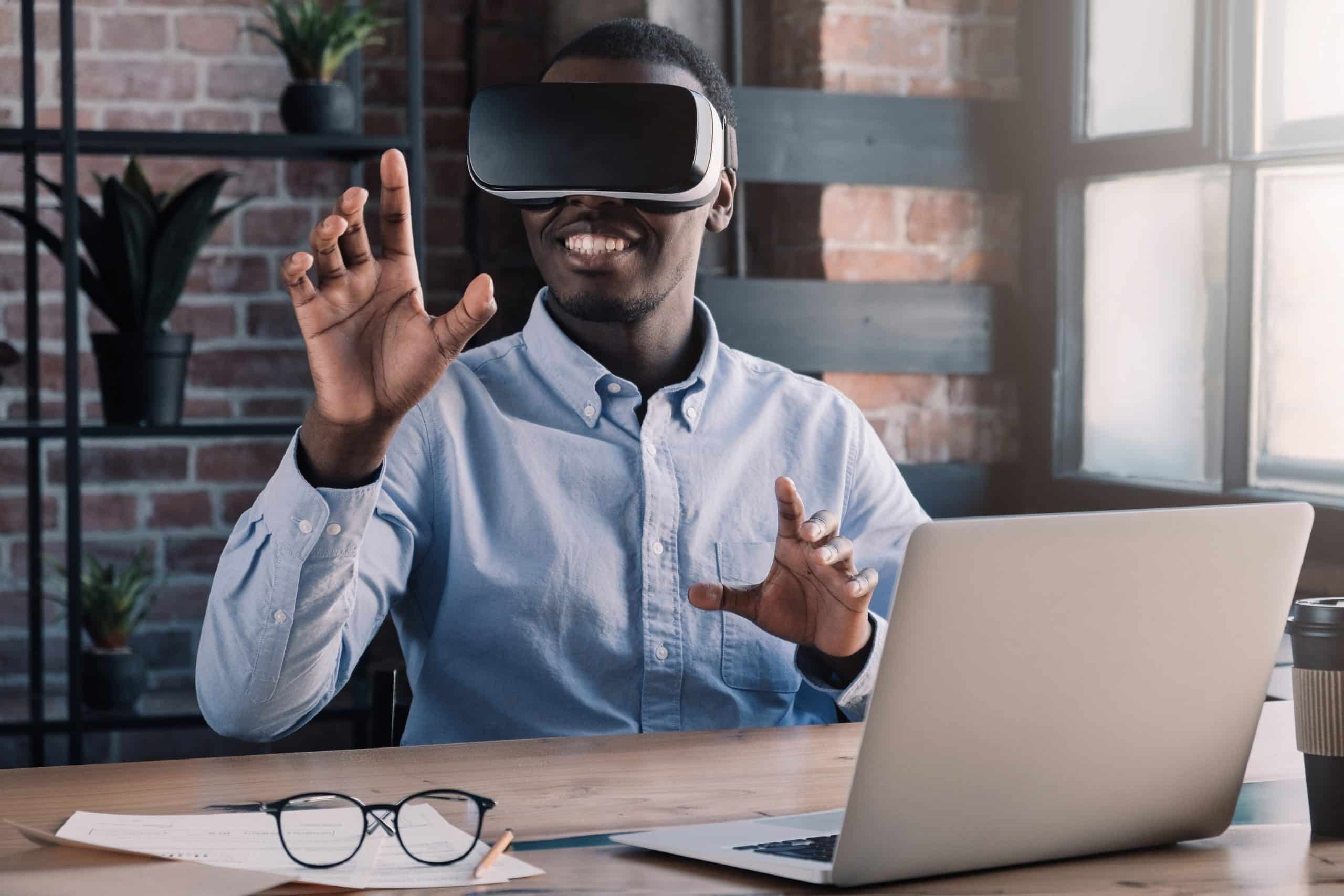In an era where technology has seamlessly integrated into every aspect of our lives, an intriguing question arises – can it promote physical activity in teenagers? Today, we’ll specifically delve into how augmented reality games, like the popular Pokemon Go, harness technology’s appeal to get adolescents moving more frequently.
The Correlation between Augmented Reality Games and Physical Activity
Augmented reality, or AR, is a technology that overlays digital information, such as sounds, images, or text, onto the real world. AR games, such as Pokémon Go, leverage this technology to create an interactive experience that requires physical activity.
Lire également : What Are the Nutritional Considerations for Teenage Vegan Athletes?
According to a study indexed in Google Scholar, augmented reality games can indeed result in increased physical activity among its users. The study tracked the activity levels of its participants before and after they started playing Pokemon Go. Results showed that players were much more active during the game-play period as compared to the period before they began the game. This unique blend of virtual and physical gameplay seems to be the key to understanding the potential of AR games in promoting physical activity.
The Impact of Pokémon Go
The Pokémon Go phenomenon swept the globe in 2016, captivating not only children but also adolescents and adults. As a game based in augmented reality, it requires players to move around in the physical world to advance in the virtual one. This game is a prime example of how AR can encourage physical activity.
A lire aussi : Which Microbiome Testing Kits Are Most Accurate for Gut Health Analysis?
A study listed on CrossRef found that Pokémon Go players showed a significant increase in physical activity compared to those who didn’t play the game. The study recruited participants from various age groups and monitored their physical activity levels over several weeks. The data revealed that users of Pokémon Go were more likely to meet the recommended guidelines for daily physical activity compared to non-users.
Virtual Reality Games Vs. Augmented Reality Games
While both virtual reality (VR) and augmented reality offer immersive gaming experiences, their impact on physical activity differs. VR games typically involve players interacting with a fully immersive virtual environment, often while remaining stationary or confined to a small space. On the other hand, AR games like Pokémon Go require players to be physically active in the real world.
As per a study available on Google Scholar, AR games were found to be more successful in encouraging teenagers to engage in physical activity compared to VR games. The study involved adolescents who used both types of games over a period of several weeks. The physical activity of the participants was monitored throughout, revealing that AR games positively associated with physical activity, more so than VR games.
Augmented Reality Games as a Tool for Health Promotion
There is growing evidence that augmented reality games can be a tool for health promotion. Encouraging physical activity in adolescents can lead to various health benefits, including improved cardiovascular health, stronger muscles and bones, and better mental health.
A study that can be accessed via DOI indicates that participants who played augmented reality games showed an improvement in their overall health. The study, involving adolescents, analyzed the impact of a specific AR game on the health of its players over a period of six months. The participants demonstrated not only increased physical activity but also improved moods and a heightened sense of social connectedness, indicating the potential for AR games to improve mental as well as physical health.
Making the Most of Augmented Reality Games
While the research on augmented reality games and physical activity is promising, it’s crucial to remember that these games should not replace traditional forms of exercise. However, they can be a great tool to encourage teenagers who may be less inclined to participate in physical activity.
Incorporating AR games into a balanced lifestyle can be a fun and effective way to encourage physical activity. By combining the allure of technology with the benefits of physical movement, adolescents can be more motivated to move and explore their surroundings. It’s about leveraging the appeal of technology, turning screen time from a sedentary activity into an engaging, active one.
With the increasing development of AR games, there lies immense potential. The key is to find a balance, harnessing the power of these games to promote physical activity while still encouraging adolescents to engage in traditional, screen-free forms of exercise.
Remember, while augmented reality games can be fun and beneficial, they are just one piece of the puzzle. A rounded approach to health and fitness that includes a balanced diet, adequate sleep, and regular physical activity is the best way to ensure overall health and wellbeing.
Additional Health Benefits of Augmented Reality Games
Apart from promoting physical activity, augmented reality games have been shown to provide additional health benefits. For instance, a study that can be found via DOI PubMed, found that AR games helped improve the mental health of children and adolescents who played them. This is because these games often require players to solve problems and strategize, which can enhance cognitive skills. Moreover, games like Pokémon Go encourage social interaction, which can help improve social skills and reduce feelings of isolation.
In addition to mental health benefits, AR games can also have a positive impact on heart rate. In a systematic review of the literature available on Google Scholar Crossref, it was found that children and adolescents who played AR games had an increased heart rate during gameplay. This increase in heart rate is indicative of physical exertion, which is comparable to traditional forms of physical exercise.
Furthermore, AR games can contribute to physical education by providing an exciting and interactive way for children and adolescents to engage in physical activity. According to a meta-analysis listed on Crossref Medline, schools that incorporated AR games into their physical education curriculum saw an improvement in students’ attitudes towards physical activity. This suggests that AR games can be an effective tool in promoting a positive attitude towards physical activity among children and adolescents.
Augmented Reality Games and Game Addiction
While the benefits of augmented reality games are clear, it’s also important to address potential drawbacks. One such concern is game addiction. Like any form of technology, AR games can be addictive. A systematic review listed on PubMed Crossref found that some children and adolescents developed addictive behaviors towards AR games, leading to excessive screen time.
However, it’s crucial to note that game addiction is not solely caused by the type of game but often involves other factors like inadequate parental supervision, underlying mental health issues, or a lack of other engaging activities.
Parents and caregivers need to establish clear rules for game usage, ensuring that augmented reality games are part of a balanced lifestyle that includes other forms of physical activity, social interactions, and screen-free time. By doing so, they can help mitigate the risk of game addiction while still allowing children and adolescents to enjoy the benefits of AR games.
Conclusion
The fusion of technology and physical activity that augmented reality games offer presents an innovative solution for encouraging physical activity in teenagers. As research from Google Scholar, Crossref, and DOI PubMed have shown, these games can increase physical activity levels, improve mental health, contribute positively to physical education, and even stimulate an increased heart rate.
However, the key to reaping these benefits lies in balance. The use of AR games should be part of a well-rounded approach to health and fitness that includes a variety of physical activities, proper nutrition, and adequate rest.
While concerns about game addiction are valid, proper supervision and guidelines can help mitigate this risk. In the end, augmented reality games are not a panacea, but they can be a valuable tool in promoting physical activity, and ultimately, the overall health of children and adolescents, turning screen time into a heart-pumping, mind-engaging activity. As we continue to stride into the digital age, the potential of augmented reality games in health promotion is, indeed, promising.











